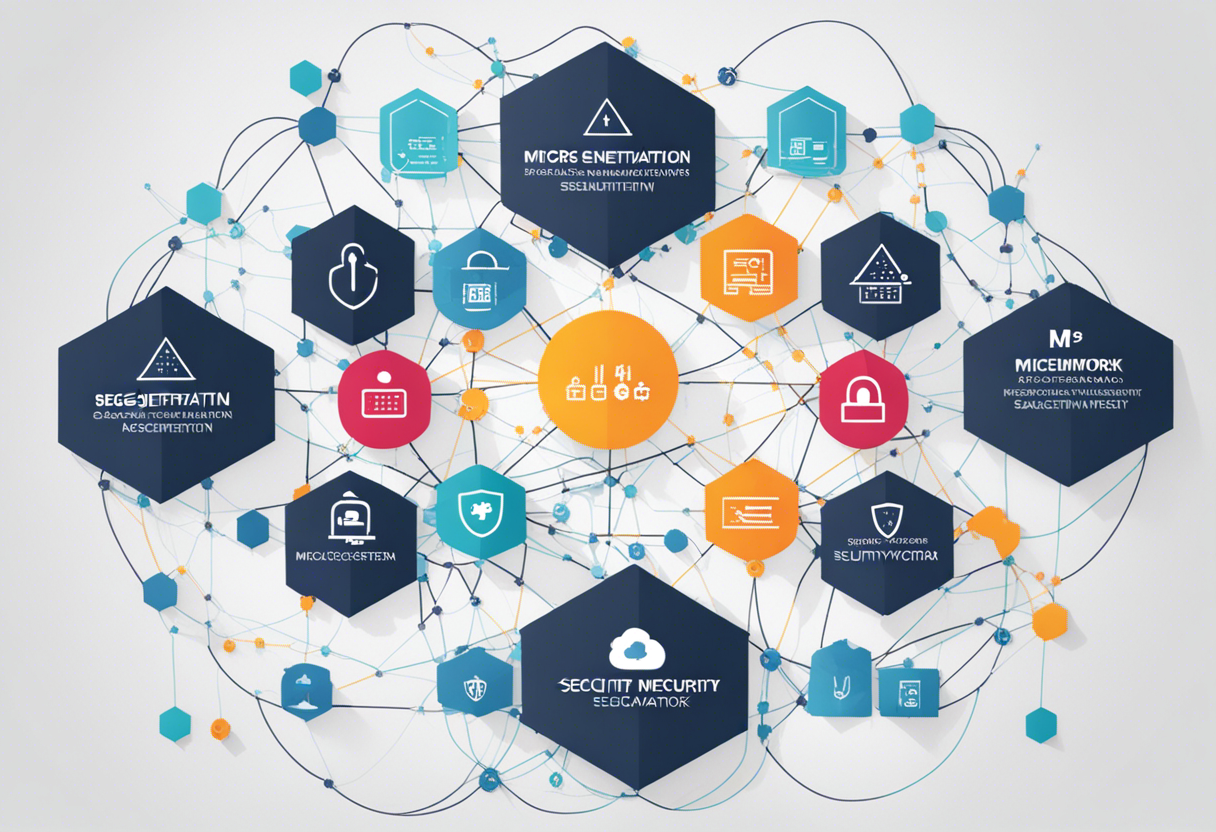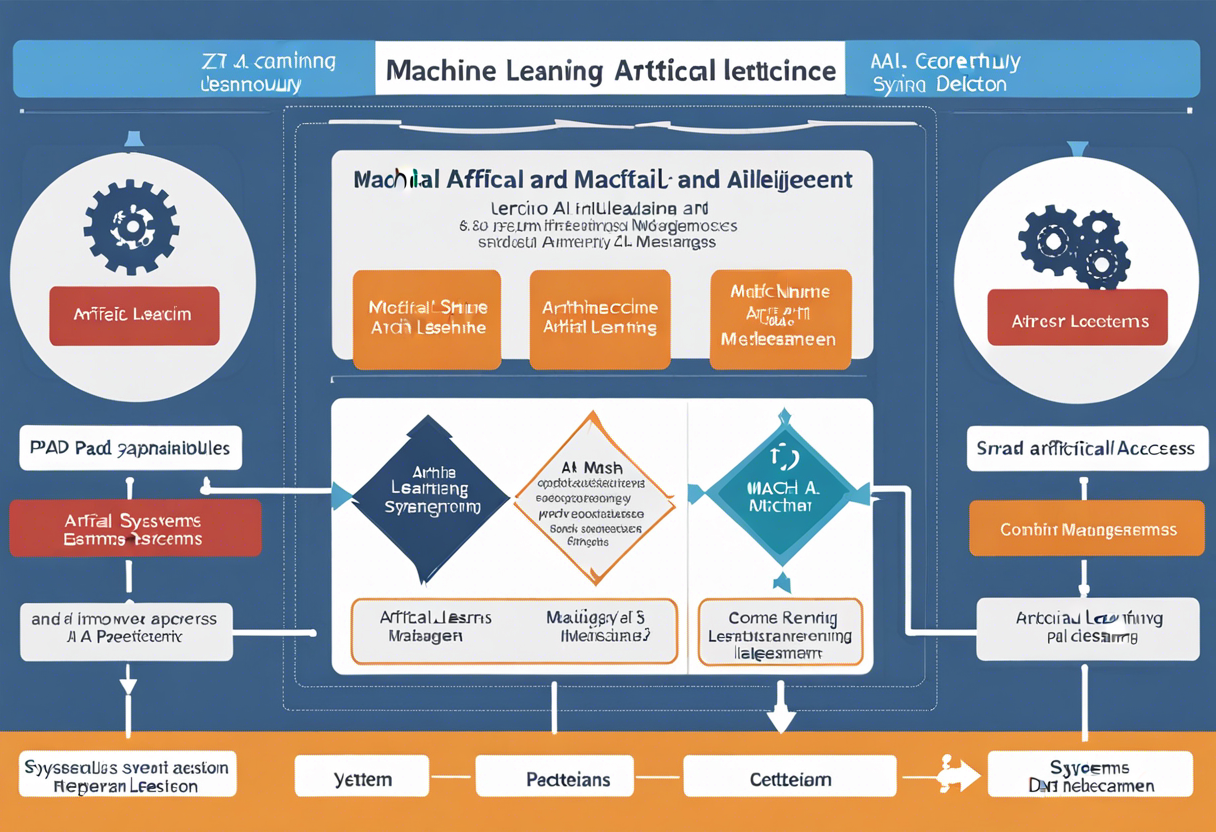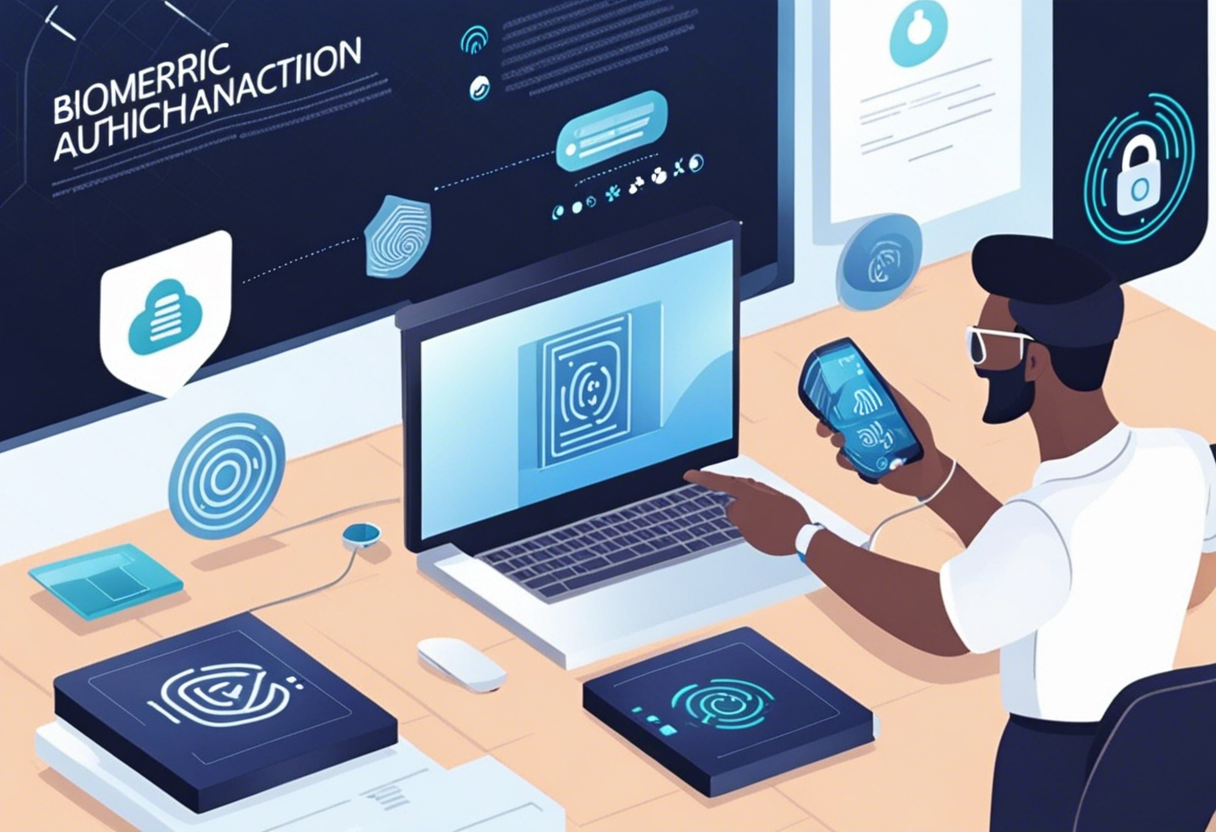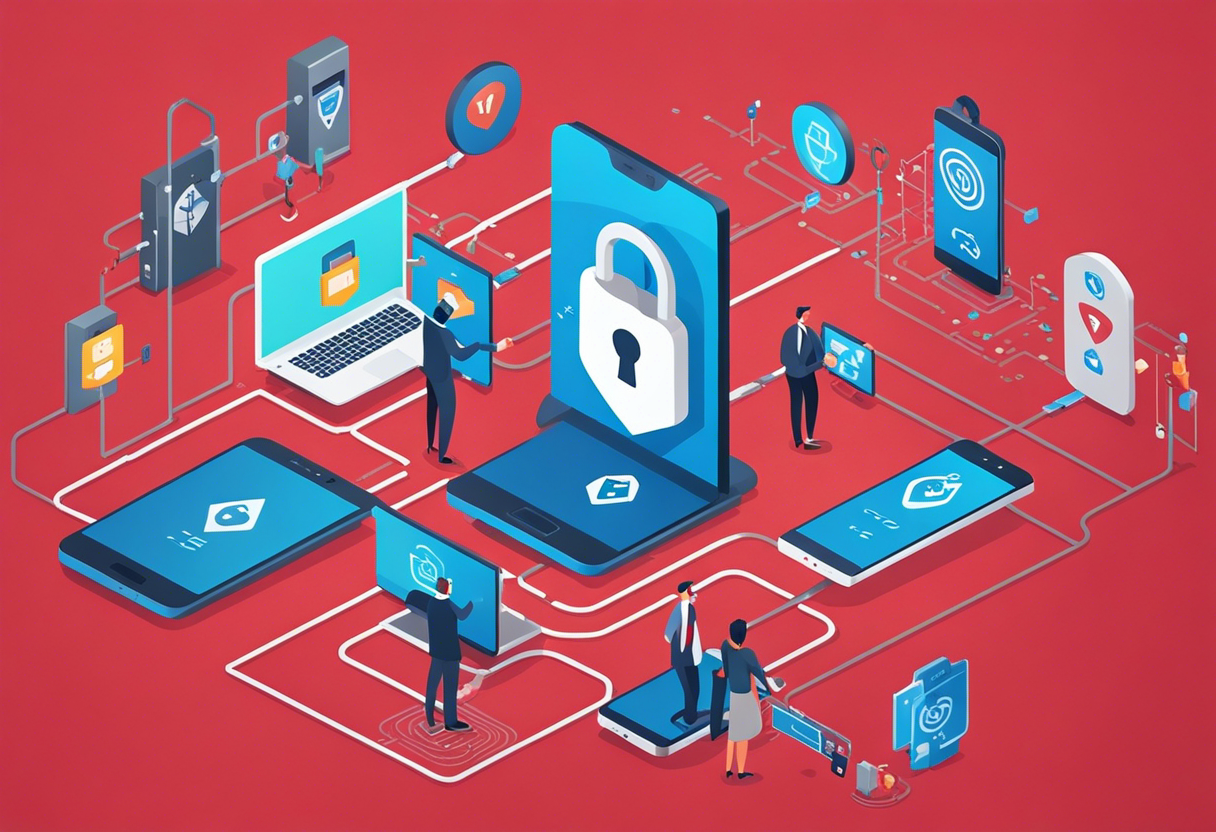Diving Deep into the Top 5 Innovations Transforming Zero Trust Access Management
Zero Trust Access Management refers to a security philosophy that believes in the concept of "never trust, always verify". It extends this principle to networks, devices, people, and workloads to prevent data breaches. This relatively new approach towards cybersecurity ensures no one has unquestionable access to systems, not even those inside the organization's network. The recent rise in global cybercrime has made this approach a necessity for organizations that are keen on safeguarding their sensitive information.
As we delve into deeper insights about this concept, we'll explore the top 5 innovations that are changing the game of Zero Trust Access Management. These technologies provide effective solutions for increasing security, reducing risks, and ensuring business continuity in the face of growing cyber threats.
Micro-Segmentation for Enhanced Security

The first innovation that has significantly influenced Zero Trust Access Management is micro-segmentation. Instead of treating the organization's network as a single entity, micro-segmentation divides it into multiple isolated segments. This reduces the potential attack surface if a breach occurs, as the damage will be confined to the particular compromised segment only. This approach greatly enhances security by limiting lateral movement of threat actors within the network.
Machine Learning and Artificial Intelligence

The introduction of artificial intelligence (AI) and machine learning (ML) in Zero Trust Access Management has brought a paradigm shift in threat detection and response capabilities. With ML and AI, systems can continuously learn, adapt, and improve their detection mechanisms based on real-time data input. They can identify unusual patterns or anomalies, duly alert the management, and even take corrective action autonomously, making the security process more proactive than reactive.
Biometric Authentication

Biometric authentication brings a personalized and reliable touch to Zero Trust Access Management. This innovation eliminates the weaknesses of password-based systems, using unique physical or behavioral attributes like fingerprints, facial recognition, or voice patterns for identification and access. By making the authentication process more rigorous, biometric technology greatly minimizes the risk of unauthorized access.
Multi-Factor Authentication (MFA

Akin to adding multiple layers of security, multi-factor authentication strengthens access control in Zero Trust Access models. By demanding additional verification via different methods - something the user knows (passwords), something the user has (smartphone app), or something the user is (biometrics), MFA presents a much tougher barrier for potential attackers.
Behavioral Analytics

Behavioral analytics is an advanced tool in improving Zero Trust Access Management. By tracking, collecting, and assessing user behavior data like log-in patterns, system interactions, and typical network usage, behavioral analytics can identify deviations that may indicate a security breach. This proactive security model allows for timely detection of threats and instant response, significantly reducing potential damages.







